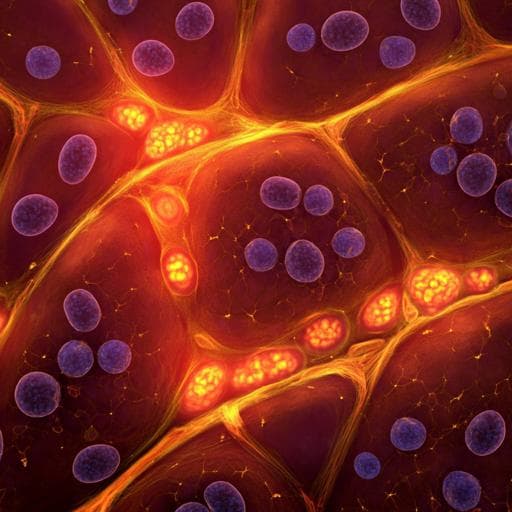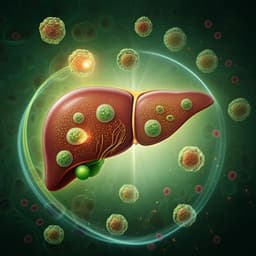
Medicine and Health
Potential role of inflammation in relation to dietary sodium and β-carotene with non-alcoholic fatty liver disease: a mediation analysis
Y. Chen, M. Wu, et al.
This research by Yang Chen, Min Wu, Fuli Chen, Xiaoxiao Wen, Liancheng Zhao, Gang Li, and Long Zhou reveals that higher sodium intake is linked to increased odds of non-alcoholic fatty liver disease (NAFLD) through chronic inflammation. Interestingly, β-carotene appears to mitigate these effects by downregulating inflammation, providing a potential pathway for intervention.
~3 min • Beginner • English
Related Publications
Explore these studies to deepen your understanding of the subject.







